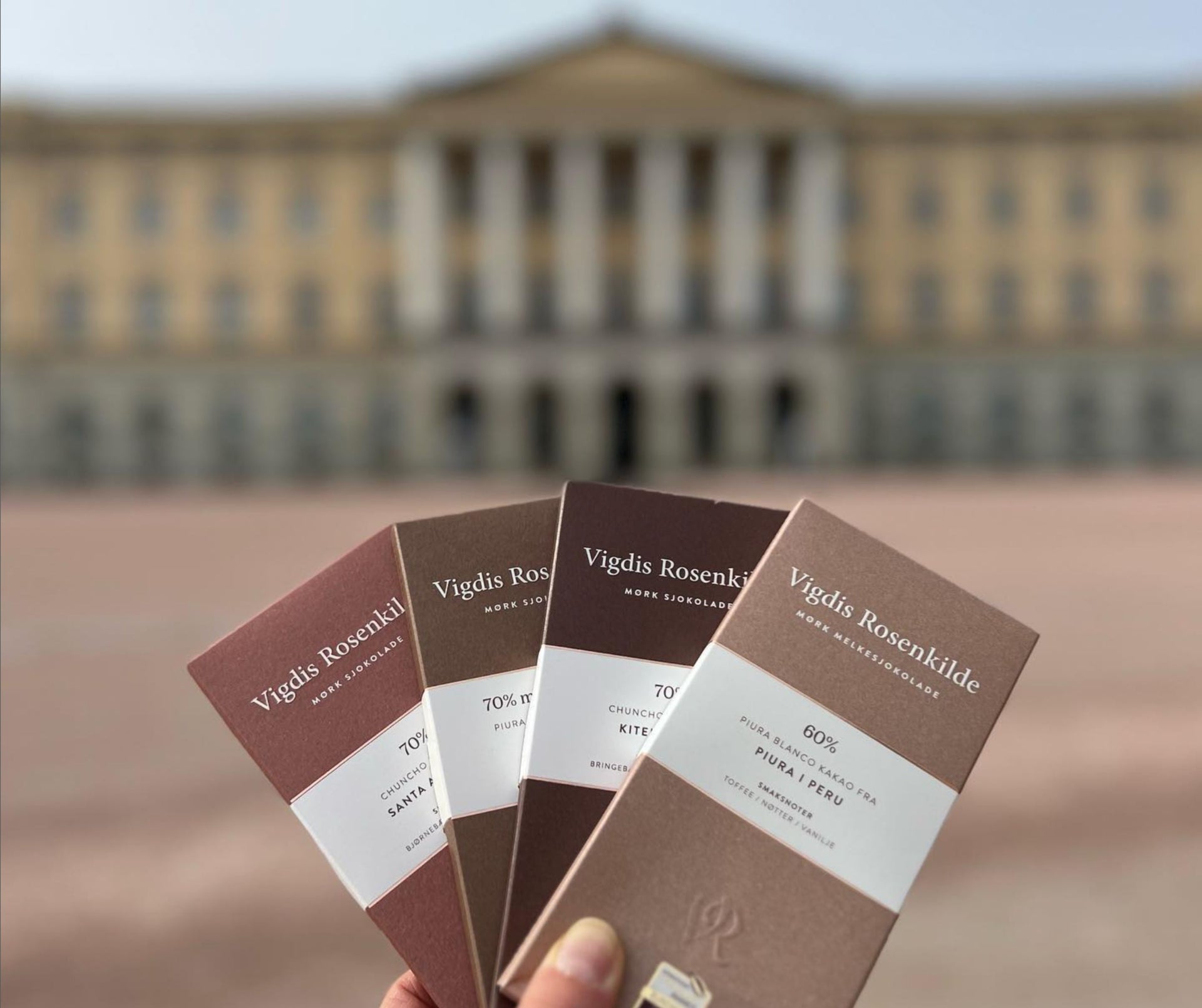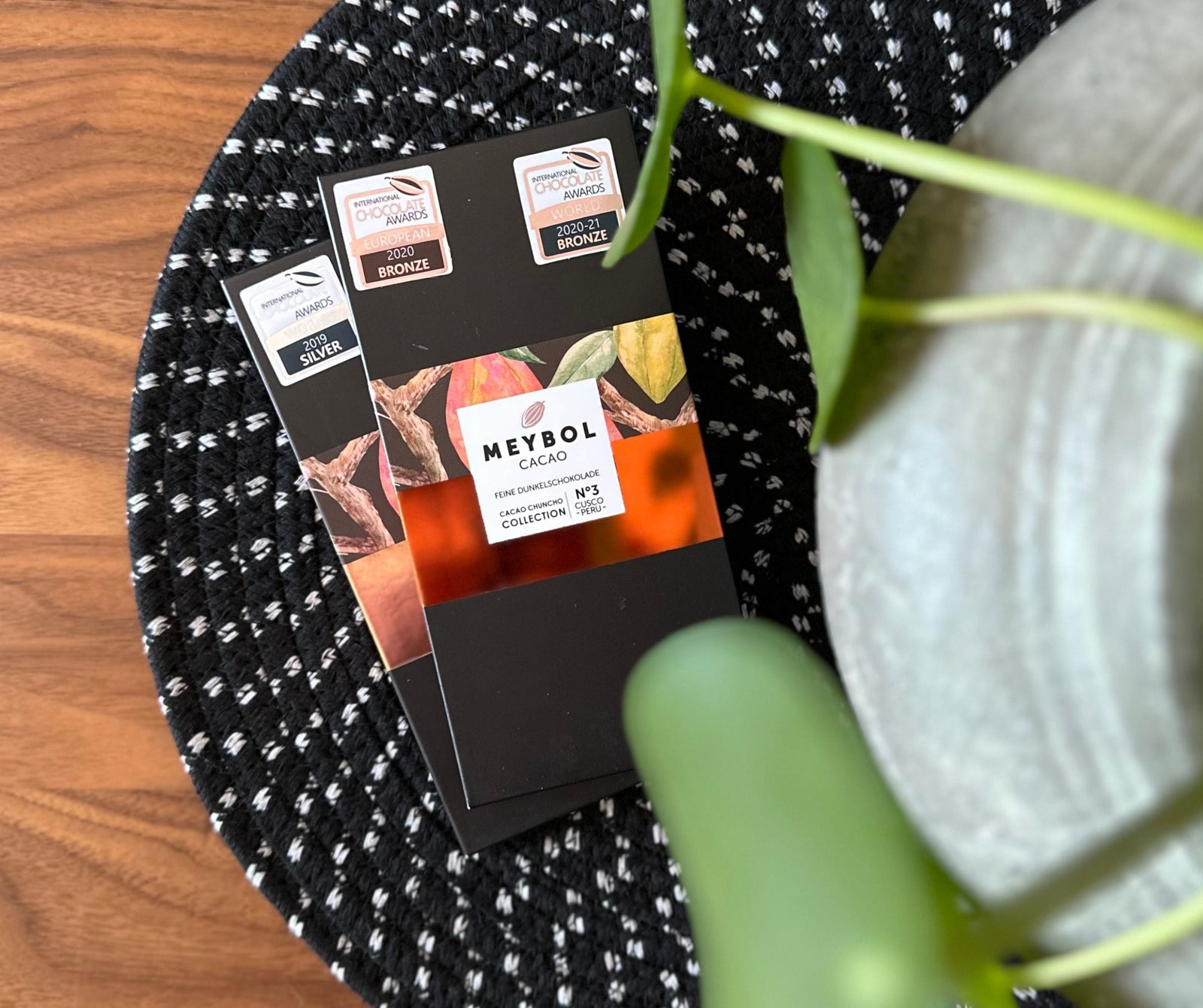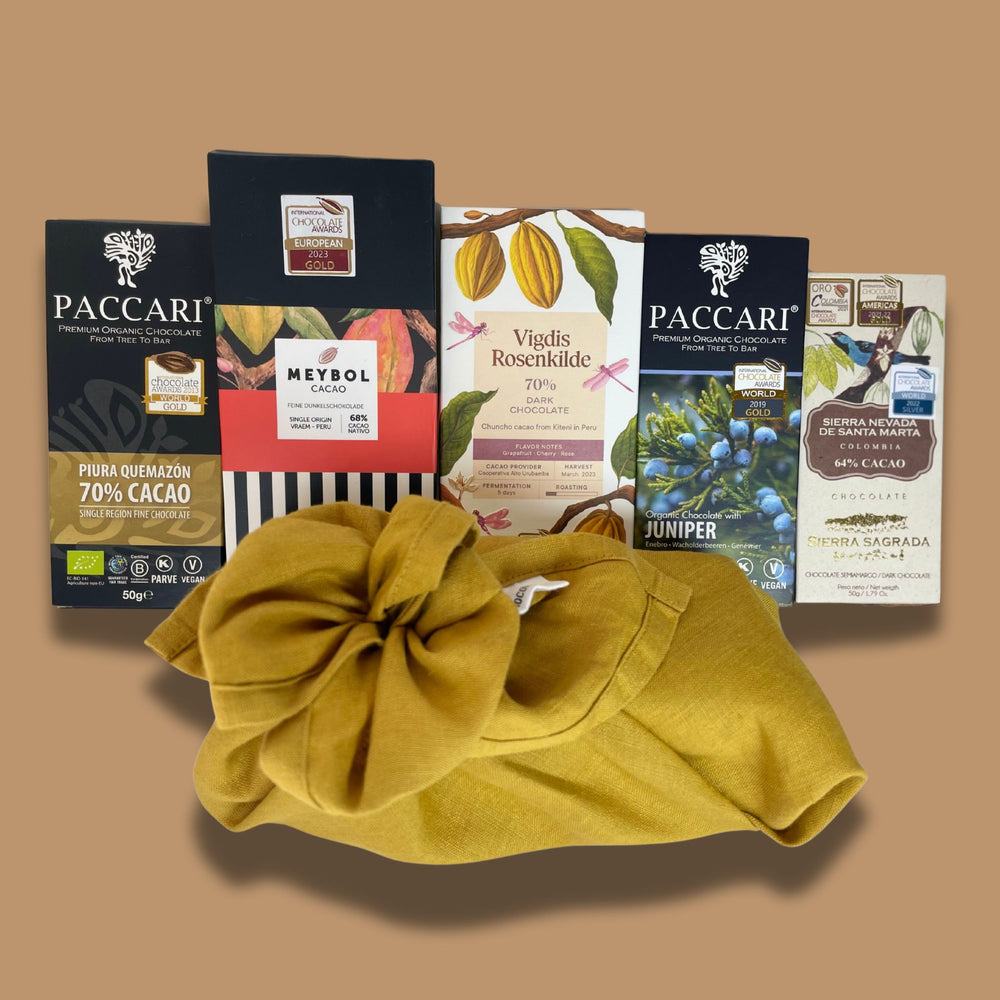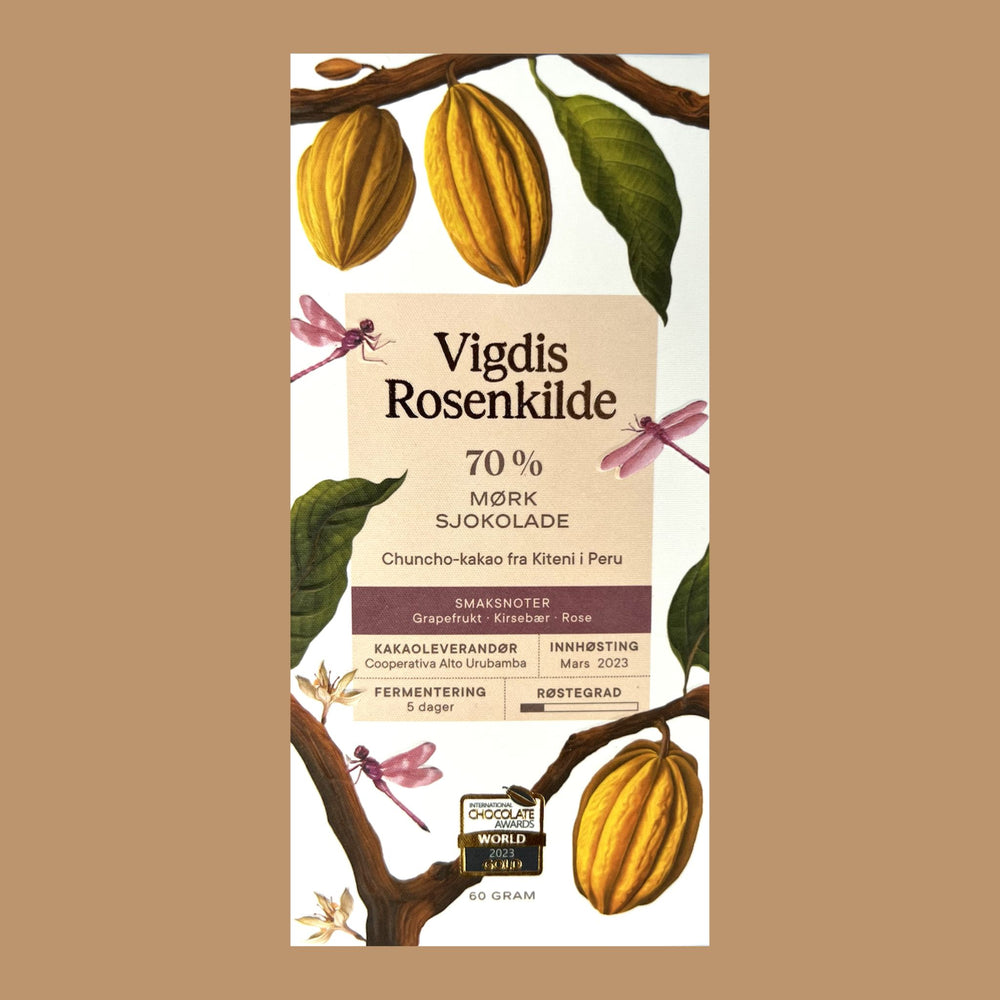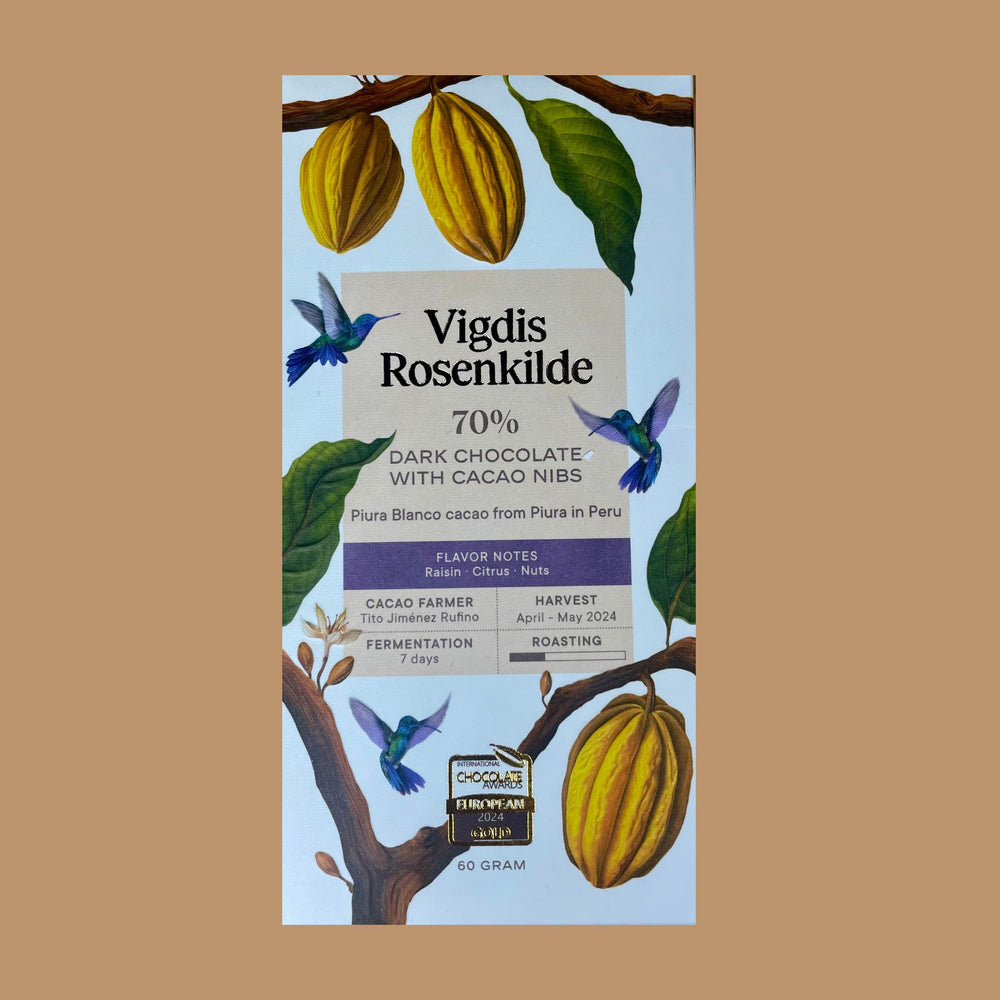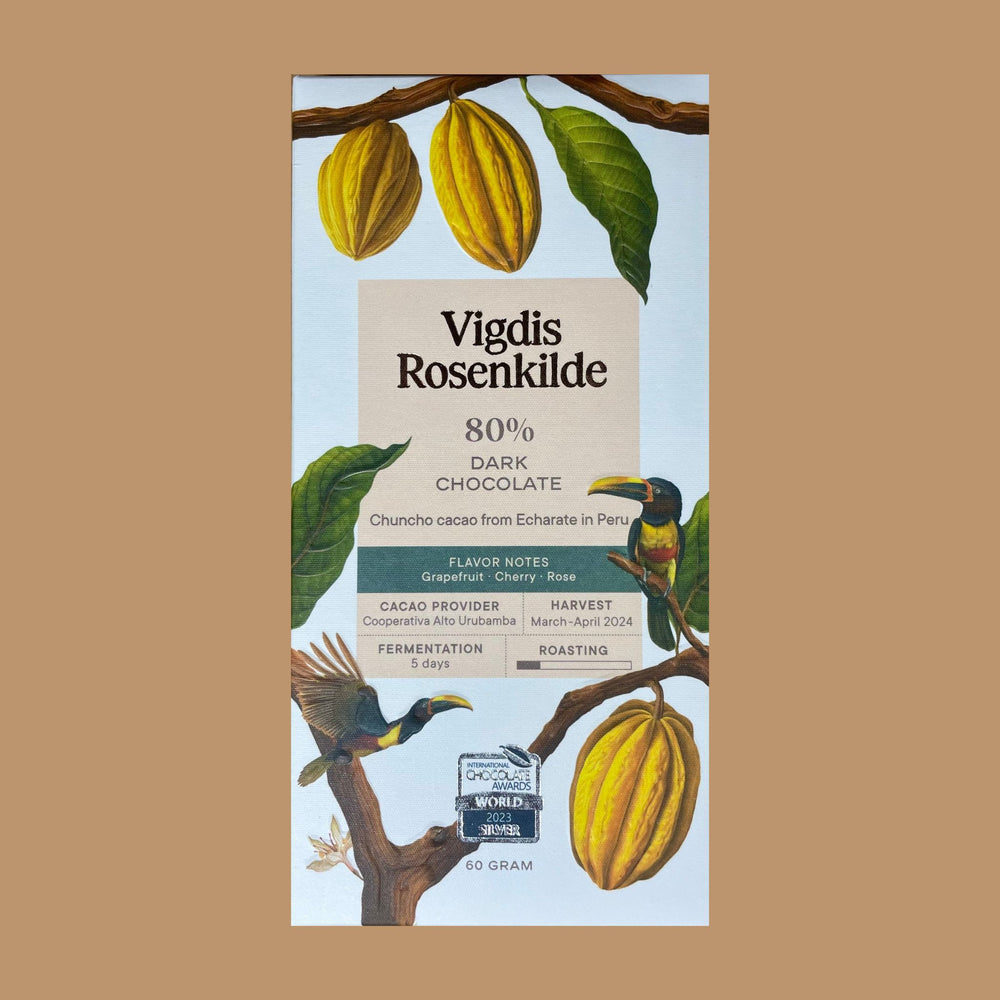The Rise of Sustainable Chocolate: Redefining True Luxury
In a world where ethical consumption is gaining momentum, sustainable chocolate is emerging as the new standard of luxury, captivating the hearts and palates of conscious consumers. No longer just a sugary treat, chocolate has undergone a transformation, evolving into a symbol of high quality and social responsibility.
At the forefront of this movement are chocolatiers and chocolate makers committed to ethical sourcing practices, environmental stewardship, and fair trade principles. From bean to bar, these pioneers of sustainable chocolate prioritize transparency, traceability, and accountability throughout the supply chain, ensuring that every cocoa bean is cultivated with care and respect for both people and planet.
One of the key pillars of sustainable chocolate is its emphasis on quality over quantity. Instead of mass-producing chocolates using cheap ingredients and exploitative labor practices, sustainable chocolate makers prioritize craftsmanship and premium ingredients, resulting in chocolates of unparalleled flavor and complexity. By investing in small-scale farmers and preserving biodiversity, these artisans not only create exceptional chocolates but also support thriving communities and ecosystems.
Moreover, sustainable chocolate is redefining the concept of luxury, shifting the focus from extravagance to authenticity and integrity. Unlike mass-produced chocolates that rely on marketing gimmicks and superficial branding, sustainable chocolates derive their value from their ethical credentials and commitment to social and environmental justice. Consumers are increasingly drawn to brands that embody these values, viewing sustainable chocolate as a true expression of luxury that transcends mere indulgence.
Furthermore, sustainable chocolate is challenging the notion that luxury comes at the expense of sustainability. By embracing renewable energy, minimizing waste, and implementing eco-friendly practices, chocolatiers are demonstrating that it is possible to enjoy the finer things in life without compromising the well-being of future generations. As consumers become more conscious of their purchasing decisions, sustainable chocolate offers a guilt-free option for those seeking to indulge without harm.
In essence, sustainable chocolate is revolutionizing the luxury chocolate market, proving that true luxury is not measured by opulence or extravagance but by ethical integrity and social impact. As the demand for sustainable products continues to rise, chocolate lovers around the world are embracing this new paradigm of luxury, savoring every bite knowing that their indulgence is making a positive difference in the world.
Flavor Preferences in the United States: A Taste of Diversity
The culinary landscape of the United States is a vibrant tapestry, reflecting its rich cultural diversity and regional influences. As a melting pot of cultures, the flavor preferences of Americans are both diverse and dynamic, evolving with global trends and local traditions.
Regional Influences
The United States is home to a multitude of regional cuisines, each with its distinct flavor profiles. In the South, for instance, there's a strong preference for bold, spicy flavors characterized by dishes like gumbo and jambalaya, seasoned with a blend of cayenne, paprika, and other spices. The Midwest favors hearty, comforting flavors, with casseroles and pot roasts featuring prominently. The West Coast, particularly California, embraces fresh, vibrant flavors, often incorporating citrus, avocado, and a variety of fresh herbs. In the Northeast, traditional flavors such as maple, cranberry, and apple are staples, reflecting the region's historical and agricultural roots.
Sweet vs. Savory
Americans have a notable sweet tooth, with desserts like chocolate chip cookies, apple pie, and ice cream being perennial favorites. However, there is also a growing appreciation for savory flavors, particularly as global cuisines gain popularity. The rise of umami-rich foods, such as sushi, soy sauce, and miso, reflects an increasing interest in complex, savory taste experiences.
Spice and Heat
The American palate is gradually embracing spicier foods. The influence of Latin American and Asian cuisines has introduced many Americans to the pleasures of heat and spice, from the smoky warmth of chipotle peppers to the fiery intensity of Thai chili. Hot sauces, salsas, and spicy condiments have become staples in many households, reflecting this growing penchant for heat.
Health and Wellness Trends
Health-conscious eating is also shaping flavor preferences. There is a notable shift towards natural, wholesome ingredients and flavors. Fresh, organic produce is in high demand, and there is a growing preference for flavors that align with health and wellness trends. This includes a rise in the popularity of plant-based foods, which often feature earthy, green flavors from vegetables, herbs, and grains.
Fusion and Innovation
One of the most exciting aspects of American flavor preferences is the embrace of fusion and innovation. Chefs and home cooks alike are experimenting with combining flavors from different culinary traditions to create unique, novel taste experiences. This has given rise to dishes that blend the familiar with the exotic, such as Korean tacos, sushi burritos, and curry pizzas.
Flavor preferences in the United States are as varied as the nation itself. Influenced by regional traditions, global cuisines, and contemporary health trends, the American palate continues to evolve, reflecting a love for both the comforting and the adventurous. As Americans continue to explore and embrace new flavors, the culinary landscape will undoubtedly grow even richer and more diverse.


